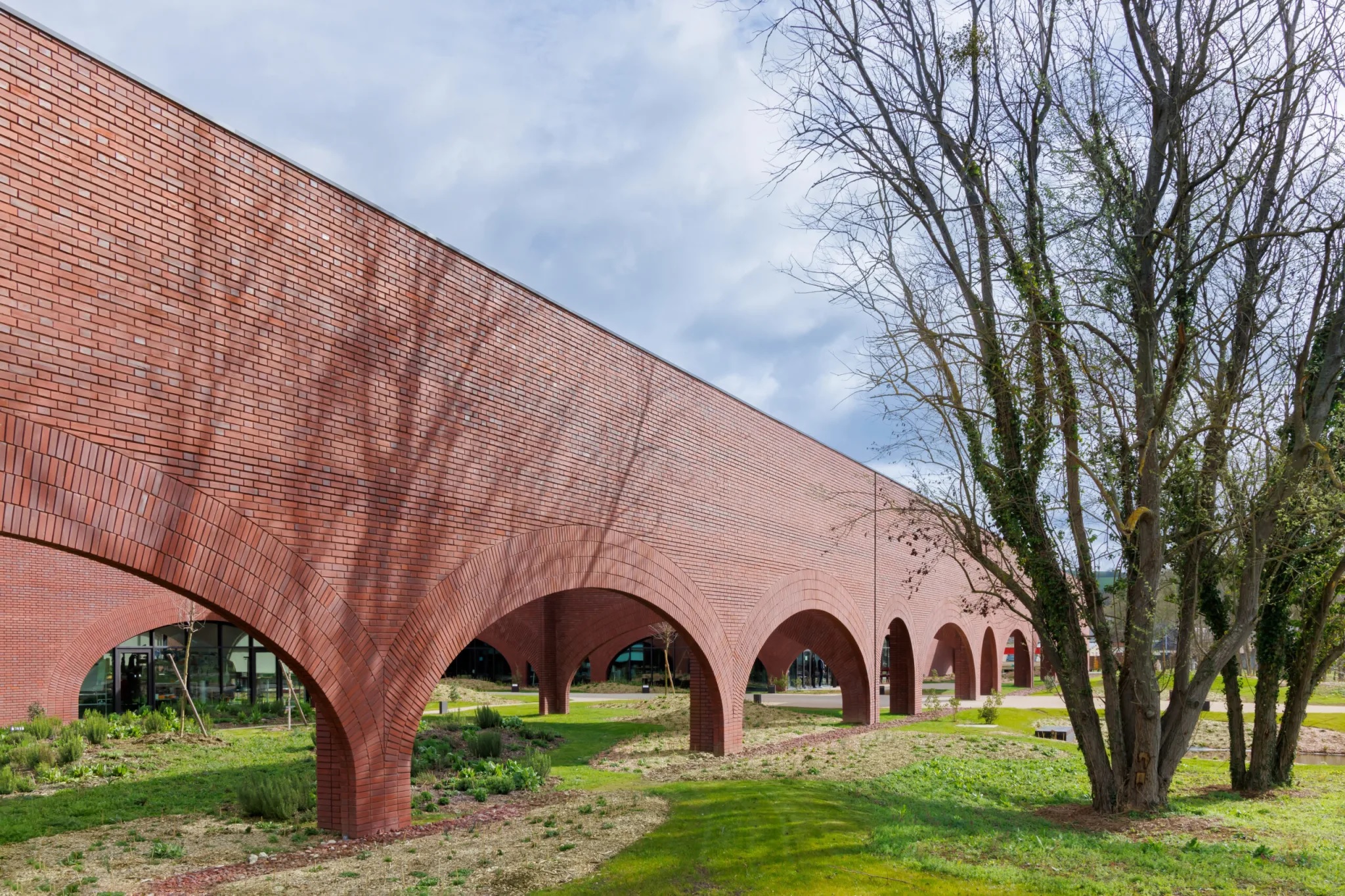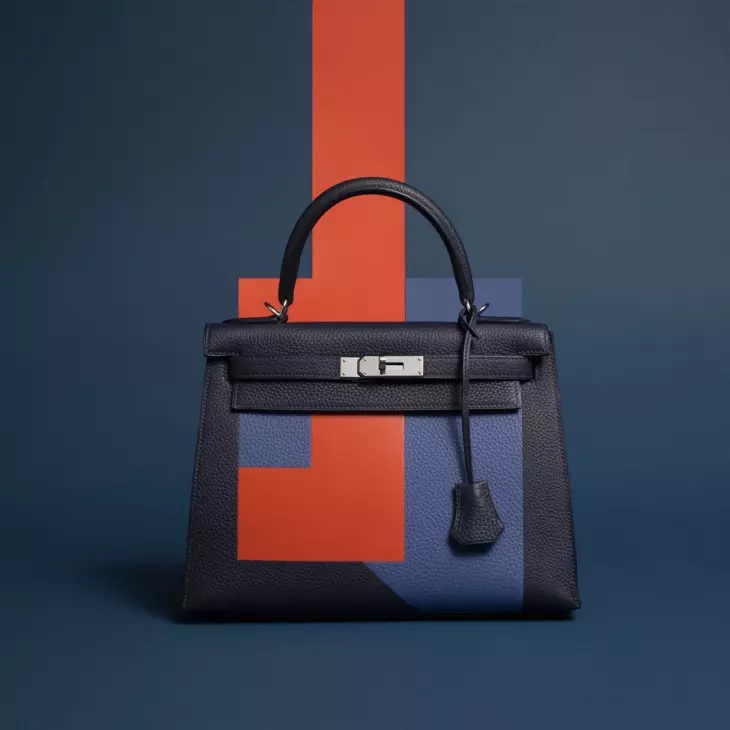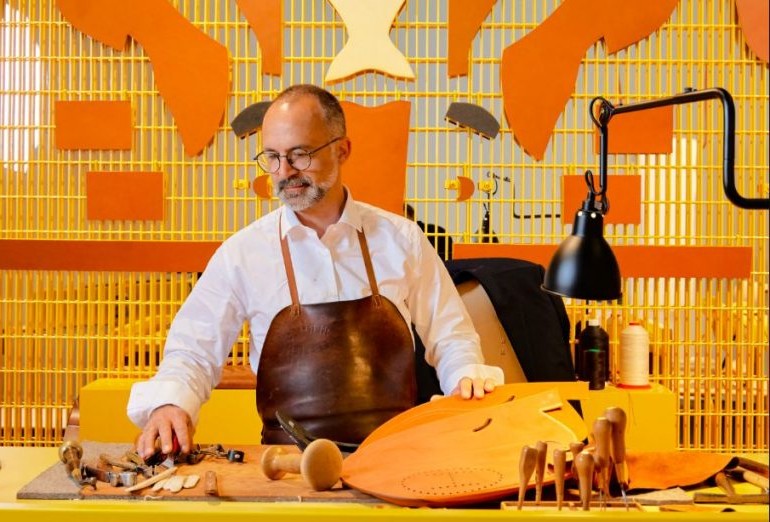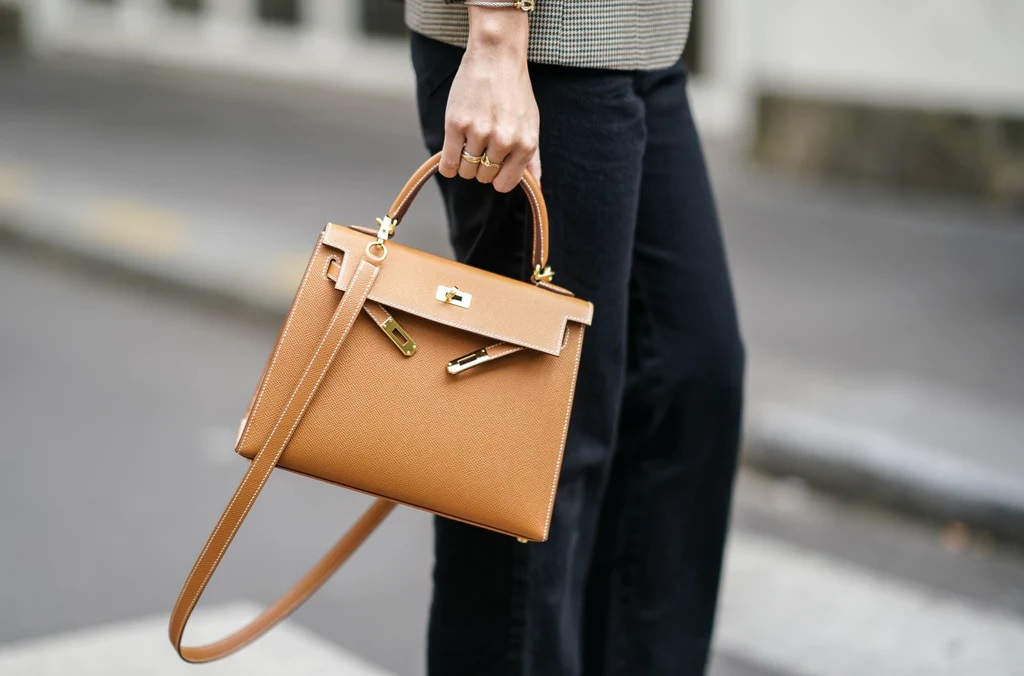We are only in Q1 of 2023, but Hermès looks like it is having a great year. According to recent reports, the international market value of the French luxury brand has now surpassed €200 billion, making it the second most valuable luxury brand after LVMH.
Simply put, Hermès products, like the Kelly and Birkin, are in demand. And increased demand means long waitlists and scarcity, two tactics that have helped keep luxury brands in business for a long time.

But, as Hermès and other luxury houses have discovered post-pandemic, waitlists cannot be too long, and scarcity can be a double-edged sword that quickly swings both ways. So, it comes as no surprise that the luxury house has now inaugurated a new leather manufacturing facility in Normandy, France, which will lead to increased production of Kelly handbags.
“We are trying to produce as many as we can.”
Birkins have always been the most popular Hermès handbags and are possibly its most popular leather good. But the Kelly has not performed too badly either: per Sotheby’s, demand for this model rose in 2022, with the mini being the most sought-after.

Unfortunately, this has led to a scarcity of the products, a situation some have dismissed as simply a strategy. But Executive Vice-President, Guillaume de Syenes, says that this isn’t true.
“We are trying to increase the production, but we want to maintain the approach to quality that is for us absolutely essential,” he explained.
On average, it takes between 14 and 20 hours to make one Kelly bag, which is produced by a single leather worker. What this means is that in a week, one artisan can only make two to three bags. This is apart from the fact that these skilled artisans are also responsible for training new hires.
“We take our best artisans, and they become trainers, so they’re no longer in production,” says CEO Axel Dumas.

But that is not all: before a new hire can hit the factory floor, (s)he would have to have successfully completed 18 months of training. Putting all these into consideration, in addition to other factors, it is easy to see why demand for Kellys and Birkins has continued to outpace supply.
“It’s not a question of quantities, it’s a question of quality.”
You would think that with all the talk about mitigating the scarcity of its popular leather goods, this new facility, located in Louviers, Normandy, would be dedicated to doing just that.
Hermès says this is not the case. The new leather goods-producing factory will focus on only churning out the Kelly Séllier 25 handbag (priced at €7,700), the Constance Mini Miroir (€6,700) and other small leather goods such as the Bearn compact wallet (€2,230), plus saddlery.

So, what will happen to the other fast-selling Kelly models as well as the ever-popular Birkin? Well, the Louviers facility is only the first of five planned leather factories to open by 2026: two are expected to open later this year and two additional ones are rolling out over the next two years. While it is not yet known what they will be focused on, going by what we do know now, they would most likely specialise in other hard-to-get, popular leather products.
As Dumas explains, “training (and production) takes time,” which is why spacing out factory openings is “optimal not to disrupt what we do while still growing.”
